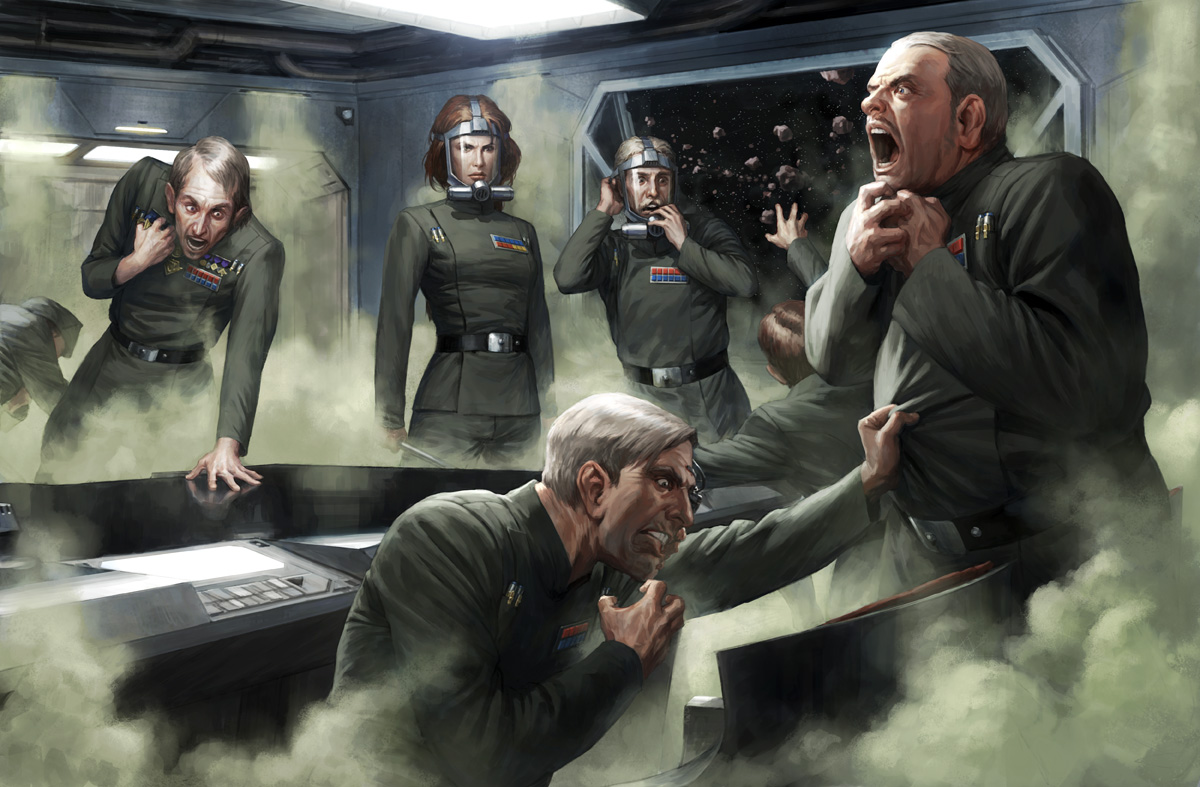
Save the lightsaber, there are few elements of Star Wars more iconic than the Star Destroyer and the faceless legions of the Imperial Stormtrooper Corps. Every conflict requires its threat and every hero their villain, and there exist few adversaries in fiction as memorable and infamous as the many and varied minions of the Galactic Empire. For an entity so inseparable from the fundamental image of Star Wars, one would logically assume that it would continue to be a major obstacle for our protagonists and play a significant role in the future of the universe well beyond the setbacks it suffered in Return of the Jedi.
Alas, the Expanded Universe had other ideas. The surviving Imperial forces provided little more than a superficial backstory for the comically evil mustache-twirling warlord-of-the-week and generic lightsaber fodder for our heroes to cut and shoot their way through. The likes of Grand Admiral Thrawn, Trioculus, mad Admiral Daala, the warlord Zsinj, Hethrir, and Ysanne Isard all made use of Imperial resources in their battles against the victorious rebels and the New Republic, but remarkably little attention has ever been paid to the Empire’s perspective in all of this – their leaders visible to us only when plotting some diabolical new scheme, otherwise existing only as a menace for our heroes to vanquish. Read More


